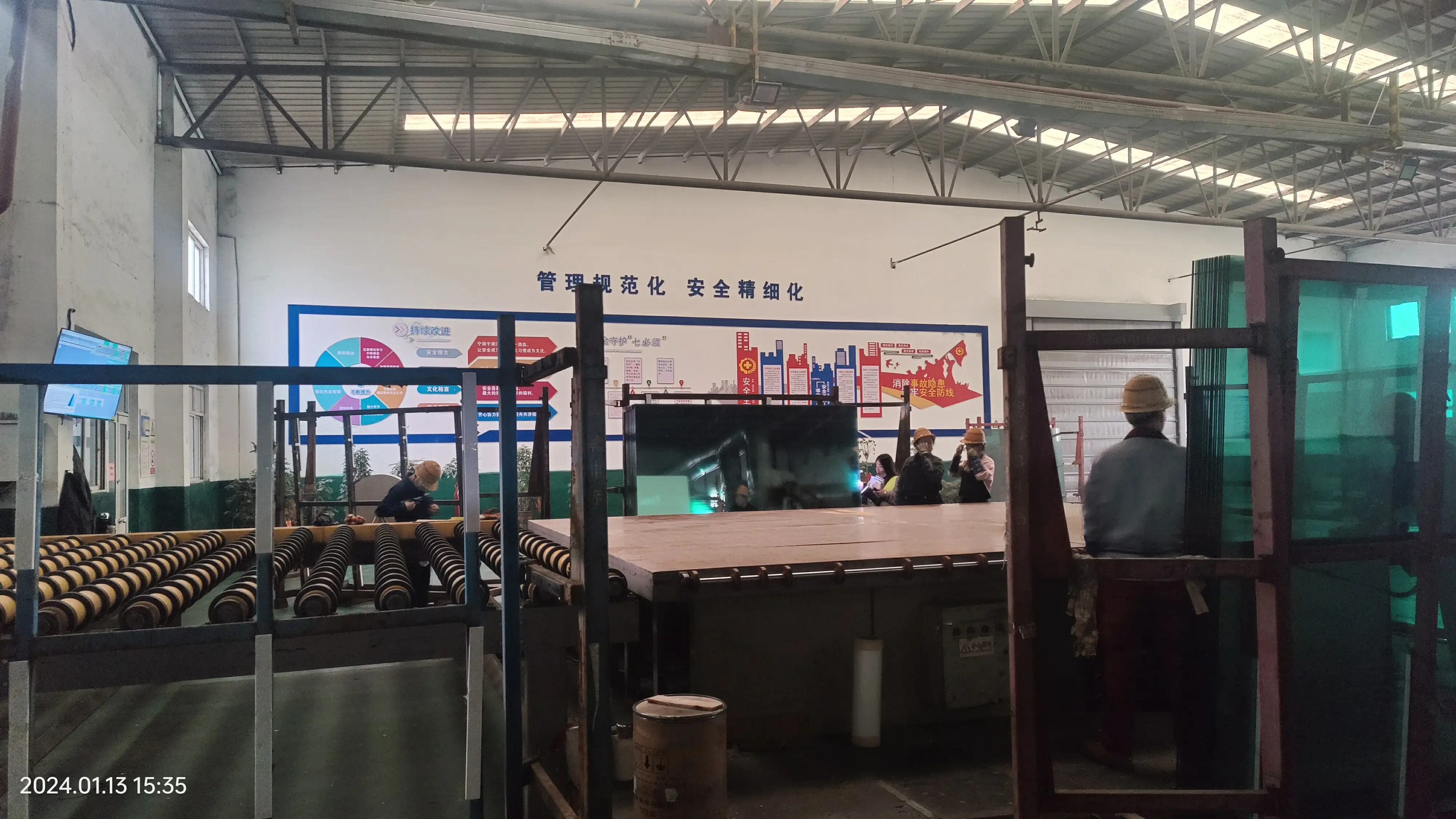

The Art and Utility of Decorative Glass
Decorative glass is more than just a mundane material; it encompasses a vast realm of creativity, artistry, and functional design. Used in various applications ranging from architectural elements to artistic installations, decorative glass holds the power to transform spaces and evoke emotions. This article delves into the fascinating world of decorative glass, exploring its types, techniques, and the enduring appeal it has for artists, designers, and homeowners alike.
Types of Decorative Glass
One of the most captivating aspects of decorative glass is its diverse types. Each type offers unique aesthetics and functions, making it an invaluable asset in interior and exterior design.
1. Stained Glass This iconic form of decorative glass has been used for centuries, particularly in religious and historical architecture. Stained glass involves the use of colored glass pieces joined together by lead came or copper foil. Artists craft intricate designs, often depicting scenes from history or nature. Stained glass windows not only serve a decorative purpose but also transform light into a kaleidoscope of colors, creating serene atmospheres within churches, cathedrals, and homes.
2. Fused Glass A modern technique that involves melting glass pieces together in a kiln, fused glass allows for endless creative possibilities. Artists can combine different colors, textures, and patterns, resulting in both functional and artistic pieces. From wall art to kitchen backsplashes, fused glass showcases vibrant designs and is increasingly popular in contemporary decor.
3. Etched Glass This technique involves carving designs into the surface of glass, creating a frosted effect. Etched glass can be used in various applications, including shower doors, tabletops, and decorative panels. This form of decorative glass provides privacy while still allowing light to filter through, making it ideal for both residential and commercial spaces.
4. Blown Glass An age-old craft that involves inflating molten glass into intricate shapes, blown glass is celebrated for its fluidity and organic forms. Artisans can create anything from delicate vases to large sculptural works, each piece showcasing individual flair and craftsmanship. The uniqueness of blown glass lies in the fact that no two pieces are identical, making it a truly special addition to any collection.

Techniques and Innovations
The production of decorative glass has evolved significantly over time. While traditional techniques remain popular, contemporary artists and manufacturers have experimented with technology to push the boundaries of what can be achieved with glass. Innovative printing techniques allow for photographic images to be transferred onto glass surfaces, enabling the creation of customized designs. Additionally, advancements in LED lighting have made it possible to incorporate illumination into decorative glass, enhancing its visual impact and functionality.
Furthermore, eco-friendly practices have entered the world of glass production. Many artisans now utilize recycled glass, reducing waste and minimizing environmental impact. This sustainable approach not only makes decorative glass more accessible but also appeals to a growing audience that values environmentally-conscious design.
The Enduring Appeal of Decorative Glass
The allure of decorative glass lies in its ability to blend beauty with utility. It can serve as a focal point in a room, while also providing practical uses like privacy, light diffusion, or thermal insulation. As homeowners increasingly seek to personalize their spaces, decorative glass offers countless opportunities for creative expression.
In addition to residential applications, decorative glass plays a significant role in commercial design. Restaurants, hotels, and offices often utilize glass installations to create inviting and inspiring environments. The versatility of decorative glass enables designers to craft spaces that reflect brand identity while enhancing aesthetic appeal.
Conclusion
In conclusion, decorative glass is a vibrant and multifaceted material that continues to captivate designers and consumers alike. With its rich array of types and techniques, it serves as both an art form and a functional resource. Whether used in stained glass windows of historic churches or in modern fused glass artwork, decorative glass promotes creativity and innovation. As we move forward, the integration of sustainability and technology will only enhance its appeal, ensuring that decorative glass remains a cherished element in design for generations to come.